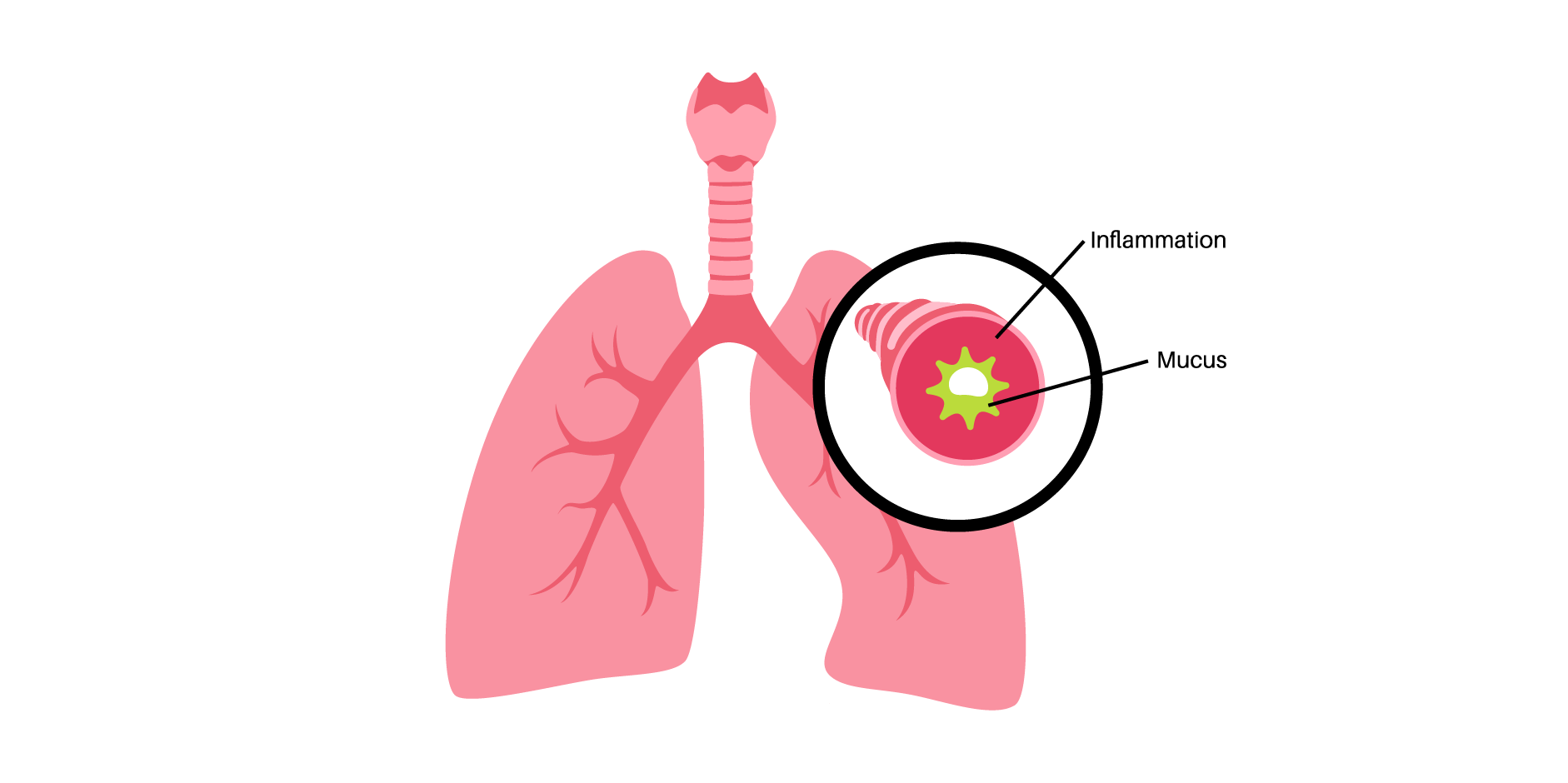Content:
Giới thiệu
Nội dung của trang này:
Giới thiệu
Dịch tễ học
Sinh bệnh học
Nguyên nhân
Nội dung của trang này:
Giới thiệu
Dịch tễ học
Sinh bệnh học
Nguyên nhân
Giới thiệu
Viêm tiểu phế quản là một bệnh lý của đường hô hấp dưới, đặc trưng bởi tình trạng viêm cấp tính và phù nề của tiểu phế quản, kèm theo tăng tiết chất nhầy.
 Bronchiolitis_Disease Background 1
Bronchiolitis_Disease Background 1
 Bronchiolitis_Disease Background 1
Bronchiolitis_Disease Background 1Dịch tễ học
Viêm tiểu phế quản thường gặp ở trẻ <2 tuổi và là một trong những nguyên nhân hàng đầu gây nhập viện ở trẻ sơ sinh tại Hoa Kỳ. Chỉ riêng tại Hoa Kỳ, có khoảng 100.000 trường hợp nhập viện hàng năm. Đỉnh điểm mắc bệnh nặng xảy ra ở nhóm tuổi từ 2 đến 6 tháng, mặc dù đây vẫn là một nguyên nhân quan trọng gây bệnh đường hô hấp trong thời kỳ mầm non. Đáng chú ý, tỷ lệ nhập viện cao hơn ở bé trai và những trẻ sống ở khu vực đô thị công nghiệp hóa so với khu vực nông thôn. Viêm tiểu phế quản cũng là một trong những nguyên nhân hàng đầu gây nhập viện ở trẻ sơ sinh tại châu Á. Một nghiên cứu ở Hàn Quốc cho thấy tỷ lệ hiện mắc chung là 688 trường hợp trên 1.000.000 dân.
Sinh bệnh học
Triệu chứng lâm sàng của viêm tiểu phế quản chủ yếu do tắc nghẽn đường thở và giảm độ đàn hồi phổi. Hoại tử biểu mô, tăng tiết chất nhầy, thâm nhiễm tế bào tròn và viêm dưới niêm mạc do nhiễm virus hợp bào hô hấp (RSV) gây hẹp tiểu phế quản, dẫn đến hình thành nút nhầy, tắc nghẽn tiểu phế quản, và phổi quá căng, tăng sức cản và xẹp phổi ở xa.
 Bronchiolitis_Disease Background 2
Bronchiolitis_Disease Background 2
 Bronchiolitis_Disease Background 2
Bronchiolitis_Disease Background 2Nguyên nhân
Phần lớn các trường hợp viêm tiểu phế quản do virus hợp bào hô hấp (RSV) gây ra. Các tác nhân gây bệnh khác bao gồm rhinovirus, adenovirus, parainfluenza và Mycoplasma. Không có bằng chứng về vi khuẩn là nguyên nhân gây viêm tiểu phế quản, nhưng có thể xảy ra bội nhiễm vi khuẩn. Cần lưu ý rằng viêm tai giữa là nhiễm khuẩn hay gặp nhất liên quan đến viêm tiểu phế quản.
